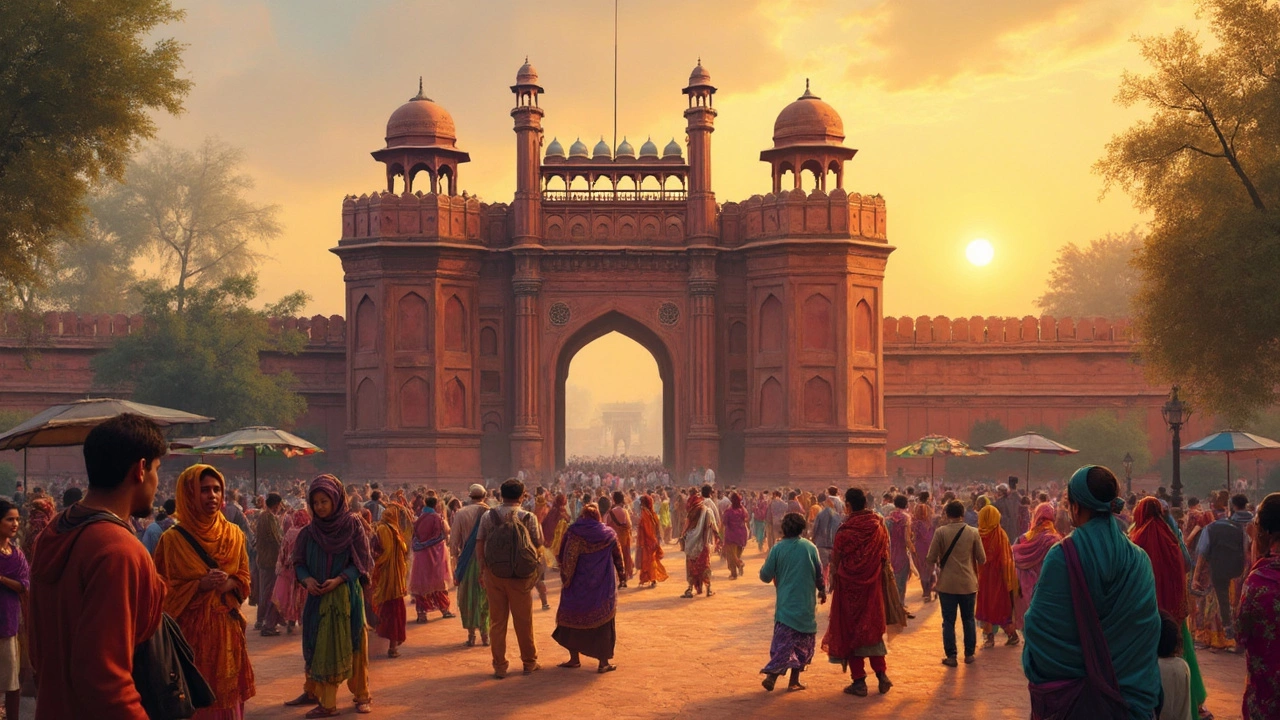Indian Diversity: Explore the Culture, Landscapes, and Traditions That Define India
When you think of Indian diversity, the vast and layered cultural, linguistic, and geographical variation found across the nation. Also known as India's regional richness, it's what makes every journey here feel like stepping into a new world—even if you’re just driving 200 miles from the last place. This isn’t just about different languages or food. It’s about how a temple in Tamil Nadu follows rituals no one in Rajasthan has ever seen, how a trek in the Himalayas feels completely separate from a beach day in Goa, and why someone from Nagpur calls it the Heart of India—not because of politics, but because it sits exactly where the country’s shape balances.
That balance shows up everywhere. In North India vs South India, the stark contrast in climate, cuisine, language, and daily rhythm that travelers notice within hours of crossing the Vindhya Range. One side eats roti and paneer; the other, rice and fish curry. One side speaks Hindi or Punjabi; the other, Tamil or Malayalam. And yet, both sides welcome travelers with the same warmth. Then there’s heritage sites India, 43 UNESCO-recognized places that range from marble mausoleums to ancient stepwells carved into rock. The Taj Mahal draws crowds, but the stepwell at Rani ki Vav? That’s where silence speaks louder than any guidebook. And don’t forget Indian traditions, the quiet rules that govern temple visits, street food choices, and even how you take off your shoes before entering a home. These aren’t just customs—they’re survival guides for travelers who want to avoid offense and truly connect.
What you’ll find in the posts below isn’t a list of tourist traps. It’s real, practical insight from people who’ve been there—whether it’s knowing which vaccines actually matter for your trip, why you need a guide on the Great Himalayan Trail, or how to eat street food in Delhi without ending up sick. You’ll see why Mumbai feels safer for families than Delhi, why Nagpur is more than just a dot on the map, and how the same country can have snow-capped peaks one day and palm-lined beaches the next. This is Indian diversity—not as a postcard, but as a lived experience. And if you’re planning your next trip, these stories are your best map.
